
The red lantern-styled Paralympic mascot, Shuey Rhon Rhon, is seen outside the National Aquatics Center, or "Water Cube" in Beijing on March 1. [Photo/Xinhua]
"The start platform of the Paralympic snowboard cross needs to be rebuilt as it's about 200 meters lower than the one used during the Olympics to ensure the safety of Paralympic athletes. Also, the banked slalom course will be completely built from scratch on a training course. So, there's a lot of work to be done during the brief transition period," Wang said.
Adjustments also need to be made to power supply systems and infrastructure to adapt to the needs of athletes and broadcasters, he added.
"We have constructed top-quality courses for the Winter Olympics. We will do the same for the Paralympics so athletes can produce their best performances."
With over 80 athletes from 22 countries and regions competing at the snow park, four barrier-free routes have been set up for athletes, coaches, media and spectators to ensure a complete barrier-free experience for all participants. In addition, an artificial limb and wheelchair maintenance center is on standby to provide assistance.
Meanwhile, images of the red lantern-styled Paralympic mascot Shuey Rhon Rhon have replaced those of giant panda Bing Dwen Dwen-the mascot for the Winter Olympics-at the snow park. It won't be long before people can have a full-on Winter Paralympics experience.
In Beijing, adjustments have also been made to the National Aquatics Center in preparation for the wheelchair curling competitions. Also known as the "Ice Cube" for the duration of Beijing 2022, the center hosted curling at the Winter Olympics.








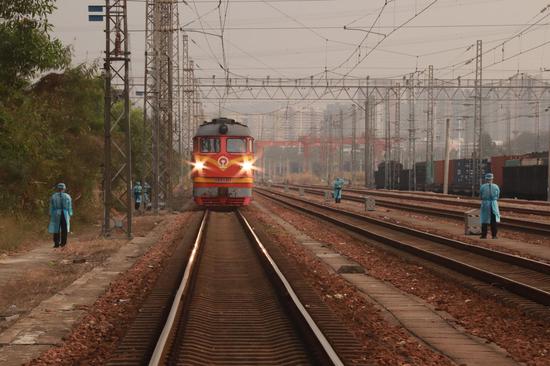



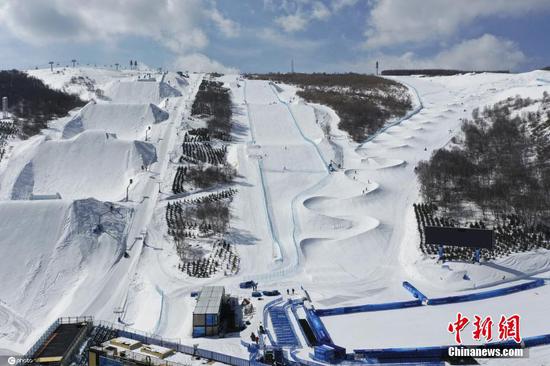
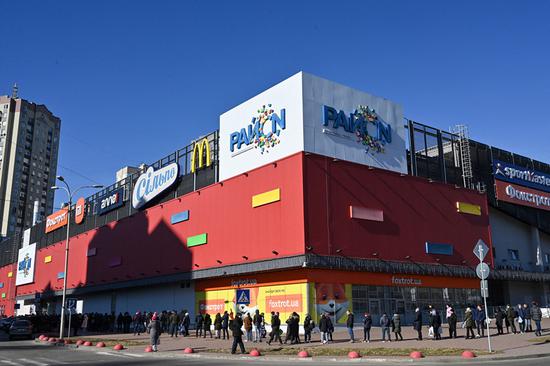
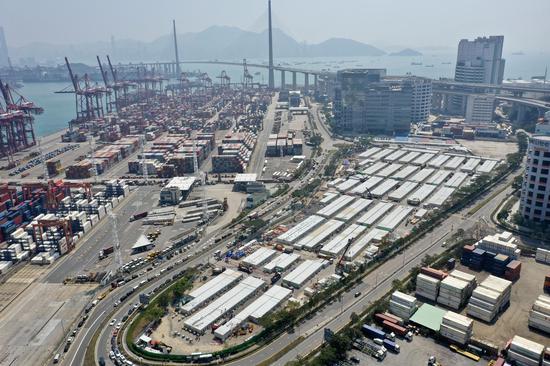
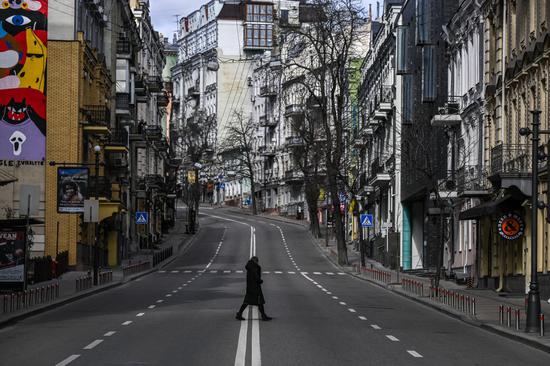
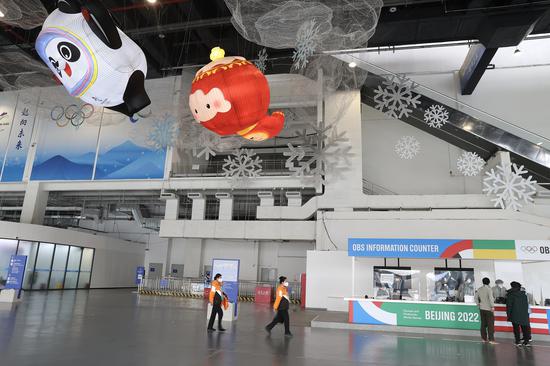
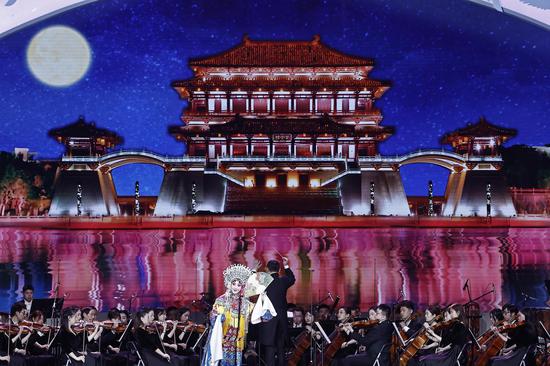
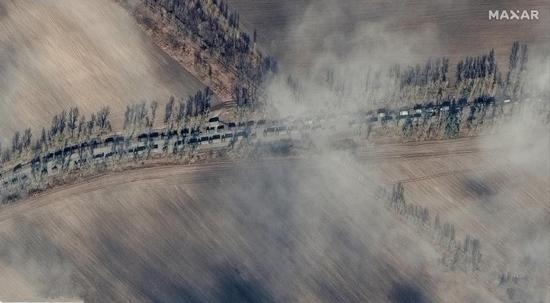


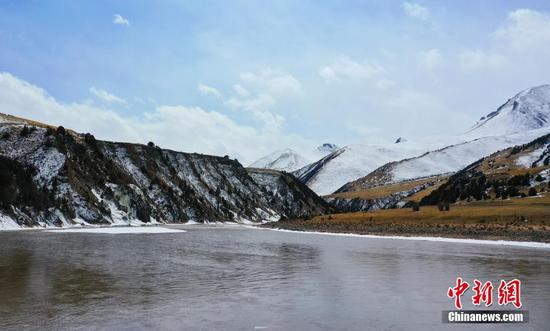
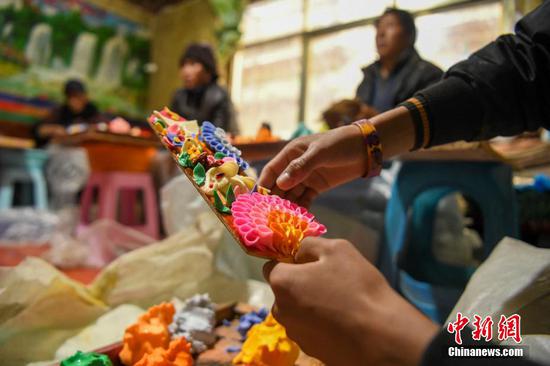



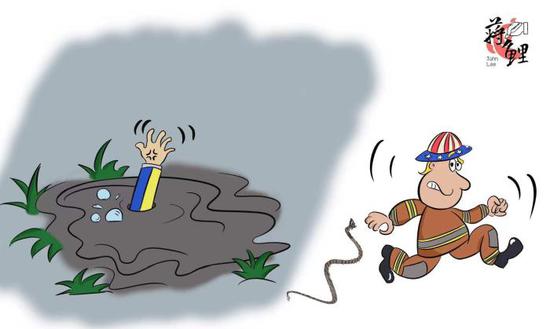

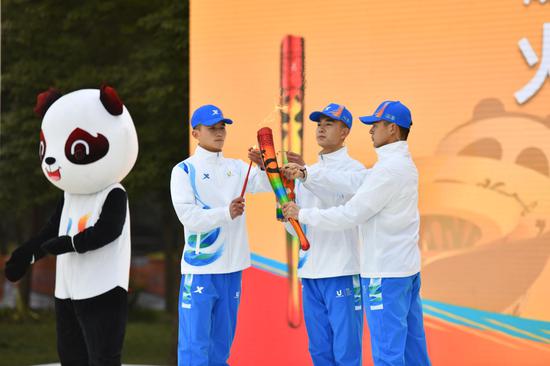
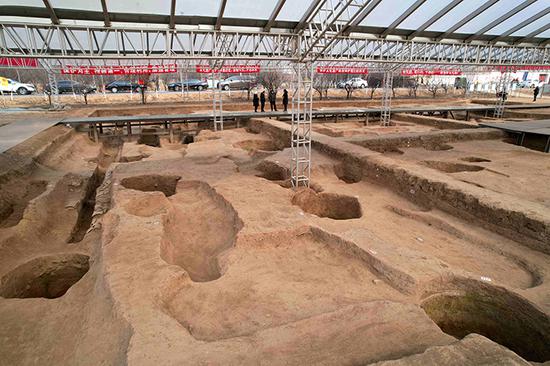

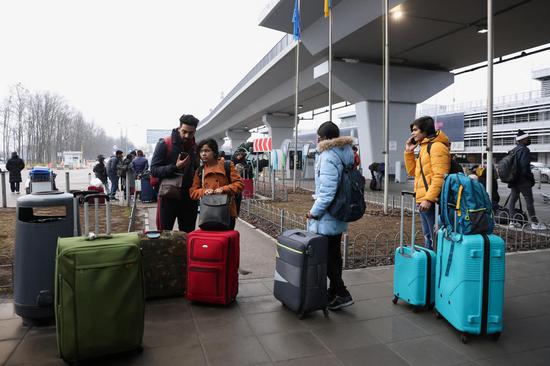
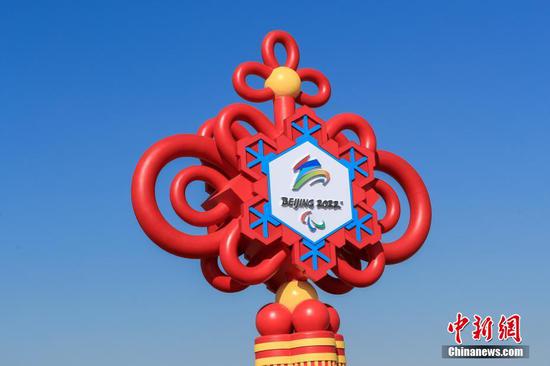

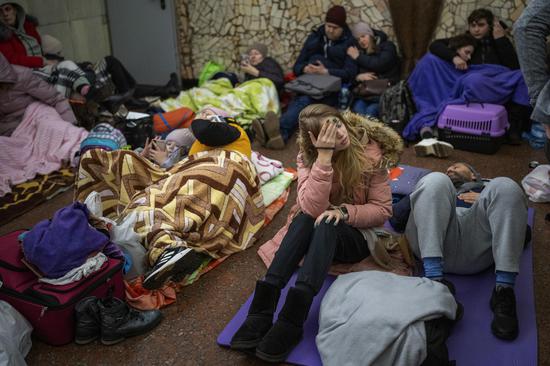
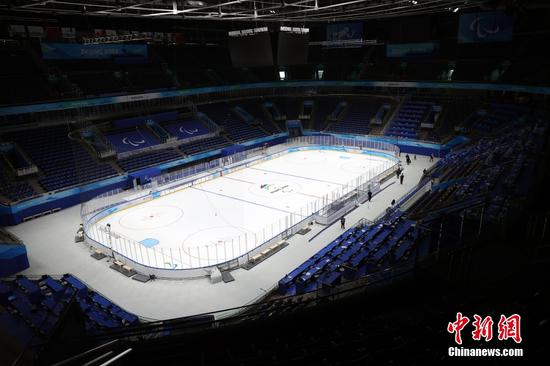

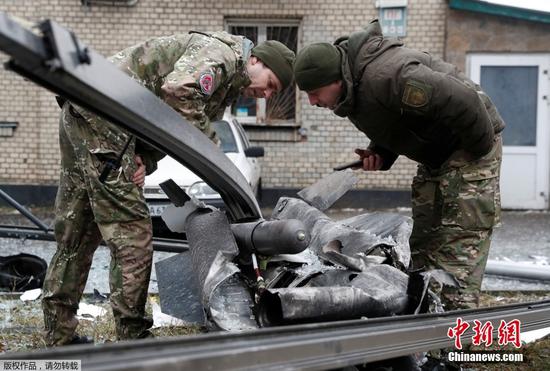
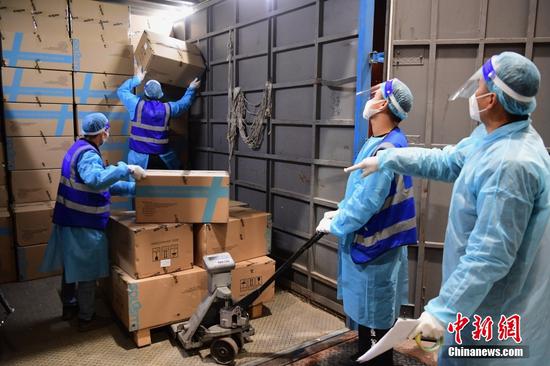

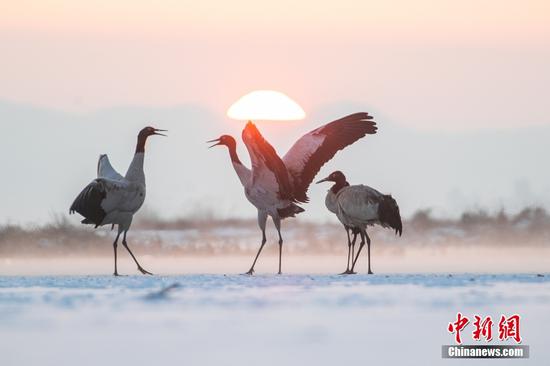
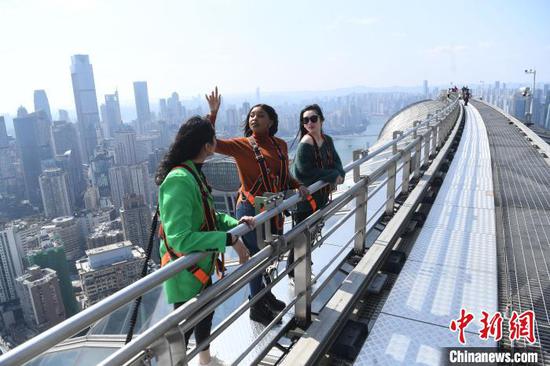








 京公网安备 11010202009201号
京公网安备 11010202009201号